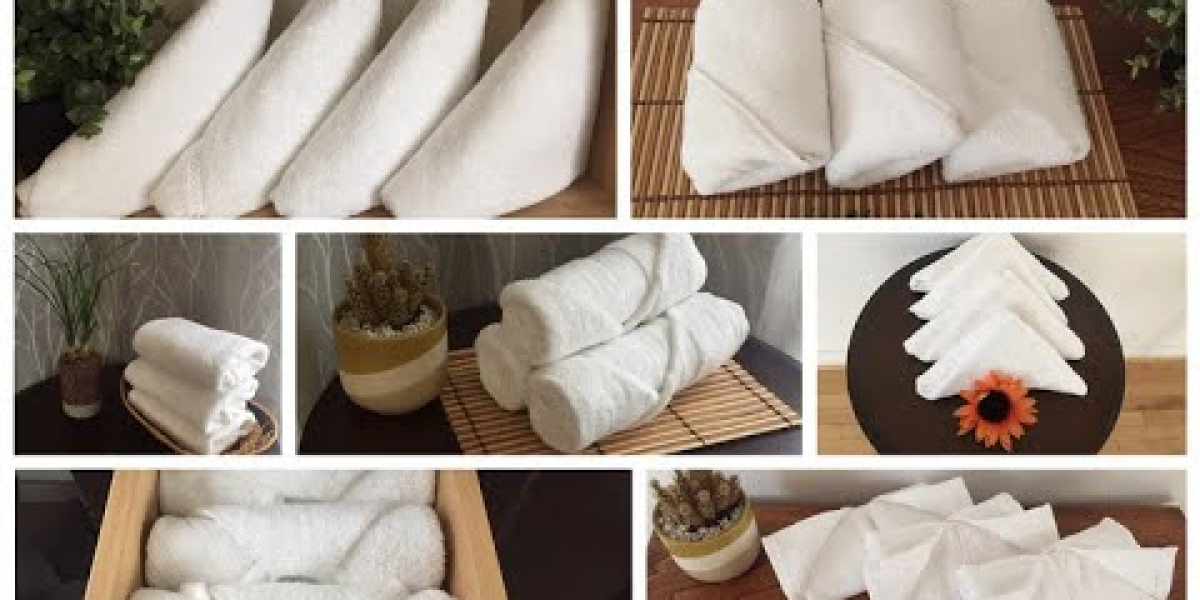In the world of 3D printing material compatibility, understanding the various materials available is crucial for achieving optimal results. Different materials possess unique properties, which can significantly affect the quality and durability of your printed objects. This article aims to provide a comprehensive overview of common 3D printing materials and their compatibility.
Key 3D Printing Materials
Several materials are widely used in 3D printing, each with its own set of characteristics. Here are some of the most common:
- PLA (Polylactic Acid): A biodegradable thermoplastic, PLA is user-friendly and ideal for beginners.
- ABS (Acrylonitrile Butadiene Styrene): Known for its strength and durability, ABS is suitable for functional parts.
- PETG (Polyethylene Terephthalate Glycol): Combining the best of both PLA and ABS, PETG is strong and easy to print.
- Nylon: Renowned for its flexibility and toughness, Nylon is perfect for parts that require durability.
Understanding 3D Printing Material Compatibility
When considering 3D printing material compatibility, it is essential to evaluate how different materials interact with each other. For instance, if you plan to print a multi-material object, ensure that the materials can bond effectively. Some materials, like PLA and PETG, adhere well together, while others, such as ABS and PLA, may not bond as effectively.
Moreover, the printing temperature and settings play a significant role in compatibility. If you print at a temperature that is too low, the materials may not fuse properly. Conversely, excessive heat can lead to warping or deformation. Therefore, understanding the optimal printing conditions for each material is vital.
Factors Influencing Material Compatibility
Several factors influence the compatibility of 3D printing materials:
- Thermal Properties: Each material has a specific melting point and thermal expansion rate.
- Adhesion: The ability of materials to stick together is crucial for multi-material prints.
- Mechanical Properties: Consider the strength, flexibility, and durability of each material.
- Environmental Factors: Humidity and temperature can affect material performance.
Best Practices for Ensuring Compatibility
To achieve the best results in your 3D printing projects, follow these best practices:
- Always check the manufacturer's guidelines for material compatibility.
- Conduct test prints to evaluate adhesion and performance.
- Adjust printing settings based on the materials used.
- Consider using a
 guide to avoid common pitfalls.
guide to avoid common pitfalls.
In conclusion, understanding 3D printing material compatibility is essential for achieving high-quality prints. By considering the properties of various materials and following best practices, you can enhance your 3D printing experience and produce outstanding results.








